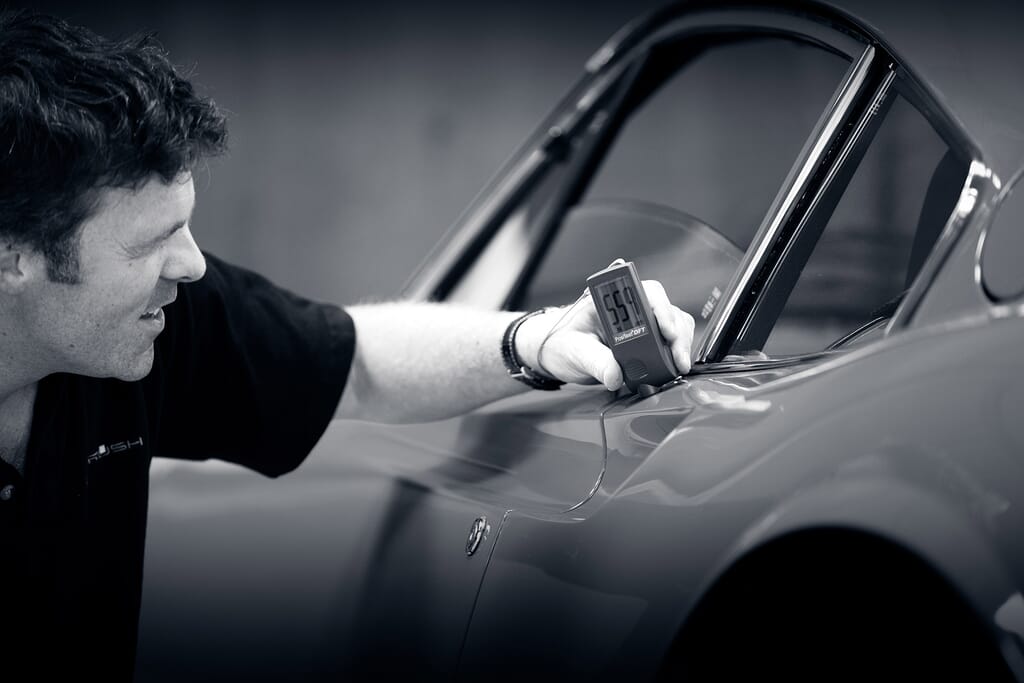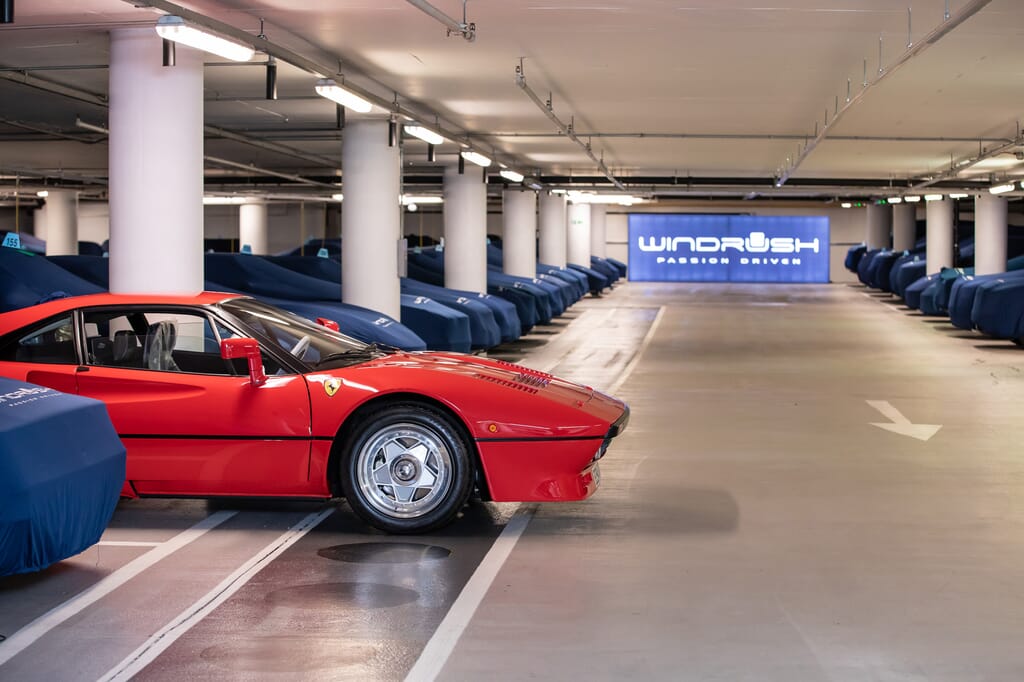
Demand for car storage grows stronger by the day, and as such consumers are often faced with a few options when looking for a babysitter for their pride and joy. But many wonder just what separates the low end from the high end, and often find a lack of transparency and much small print in their search. To shine light on a few of the differences between budget and luxury car storage, we’ve put together some of the key differentiators below.
Environment
While this may seem an obvious place to start, it takes a huge amount of expertise, time and expense to create and, more importantly, maintain a controlled storage environment. As such the environments of lower level storage operations are often uncontrolled and susceptible to violent fluctuations in temperature, which can have a lasting impact on your pride and joy. Eradicating the chance of dampness is possible with expert car storage, but removing it once its taken a hold of your car is much harder…
Access
An area most consumers don’t think to consider initially when searching for storage, but more often an issue that arises once vehicle storage has begun. A high level of accessibility requires sufficient staffing, a well designed space and your car to be kept in on-the-button condition, which a top-level provider can offer. However, budget car storage options often fall short on this and require your car to be kept in storage long term and can even have additional charges for taking your car out of storage.
Security
A paramount concern for any consumer is security, and rightfully so. The level of investment required to achieve a totally secure facility as opposed to a somewhat secure facility is vast, and moreover creating and maintaining a covert operation takes even more time, money and dedication. There can be no corners cut when security is involved – it either is, or it isn’t! Beyond physical security, a top quality firm will also go to great lengths to ensure that the entire service remains totally confidential and the location, details and custodian of a car remain totally private – a huge attraction for many.
Knowledgeable staff
Just as important as the facility in which your car is kept is the individuals who look after it. Expertise never comes cheap, and regardless of your car’s value the piece of mind granted by experienced staff is priceless. A truly skilled team can also ensure your car is kept in perfect running order, calling on their own knowledge and a network of approved specialists when required to make sure your car is ready to go when you are – a service simply not available at budget outlets.
Membership perks
A top quality car storage provider will be by nature a respected, connected and influential voice in the industry, and consumers can benefit from this. A truly exceptional company will offer their clientele benefits beyond superlative storage, such as event access, connections to likeminded individuals and access to knowledge within and outwith their organisation. Be aware though, this level of service is only offered by the very best.
Windrush Car Storage are industry leaders in car storage, offering an unrivalled service in the sector. Should you have any questions on our company, our ethos and our storage facilities, please do not hesitate to contact us.




